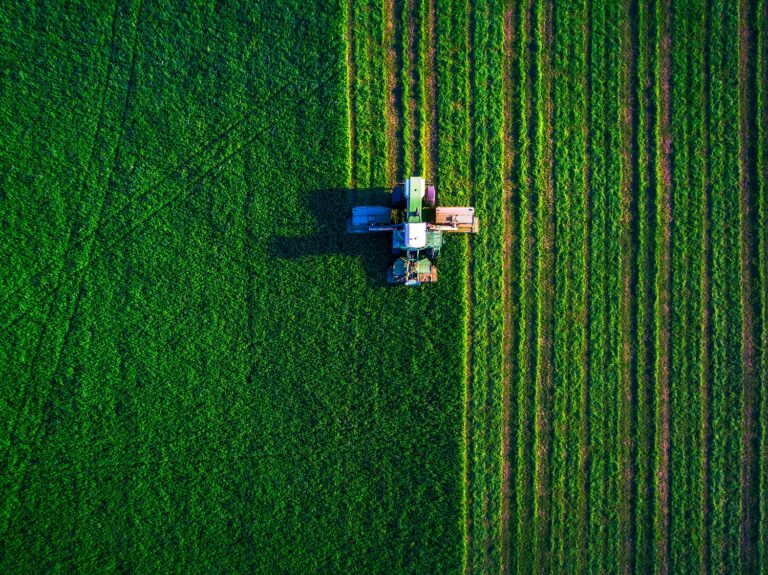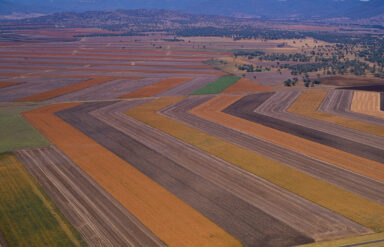The Merricks Capital Agriculture Credit Fund returned 0.7% in May and 8.9% on an annualised basis since inception.
One new investment settled in May, a $21m loan to fund land acquisitions in Berrima, NSW with back-to-back sales contracts in place that reduced the starting LVR (at settlement) from 65% to 45% by the end of May. The loan is estimated to generate an investor IRR of 12.1% (net of fees and costs) and is indicative of general market tightening of liquidity.
At a global level, food security is a topic of paramount importance. The World Bank has noted that as of April 2022, food prices were 78% above their average between 2015 and 2019 (April Commodity Markets Outlook). A combination of poor seasonal conditions in North America and higher input costs globally means that the ratio of food supply to demand is forecast to fall to its lowest level in eight years. The policy response by many countries has been to restrict trade. According to the International Food Policy Research Institute, by the end of May, 17% of globally traded food calories were subject to some form of restriction (COVID-19 Food Trade Policy Tracker).
These challenging macro conditions around food supply have created robust tailwinds behind Australia and New Zealand’s agricultural production during 2022 and are expected to continue in 2023. ABARES recently released its forecast that the value of Australian agricultural exports is forecast to reach a record $64.9 billion in 2022/23 (June 2022 Australian Crop Report). Crop exports are forecast to be $39.8 billion, the highest by value on record and a promising indication for the underlying land values of broadacre cropping businesses, a subsector representing roughly 11% of the fund’s portfolio. Supply-driven inflation continues to create challenges for agribusinesses exposed to rising input costs, such as processors; to mitigate this risk, we regularly meet with all borrowers to inspect assets and review their trading financials for any early indicators of financial or operating risks.
Based on the local and global macro outlook around food and agriculture, we expect to continue to see significant opportunities to deploy capital into the fund’s private credit strategy. Four new asset-backed loan investments are expected to settle in June. These are diversified by borrower/business operator, the type of farm-gate commodities produced, and geographic production regions. The estimated weighted-average investor IRR of the new loans is 10.5% (net fees and costs).
Our outlook for 2022 expects continued rising interest rates and supply chain disruptions, which the fund’s asset-backed private credit strategy is well-structured to weather and continue to deliver performance in increasingly uncertain times. Farmland backed credit also has the advantage of being linked to rising commodity prices that offer protection from inflation.



